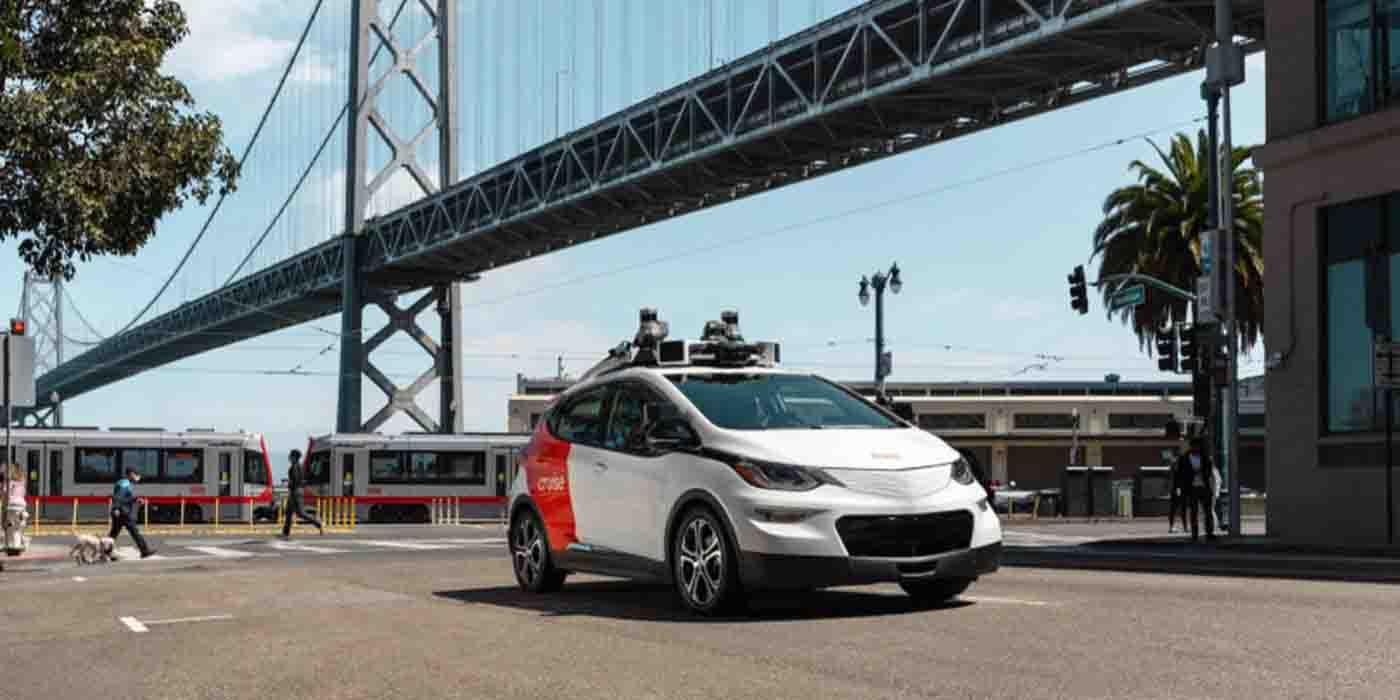
GM’s self-driving rideshare unit, Cruise, has applied for permission to expand testing of its robotaxi rides throughout all of California. The autonomous driving specialist has already been testing rides for over a year in different cities across three states including San Francisco, but hopes to expand further throughout The Golden State.
Cruise is a startup founded in 2013 before being was purchased by GM in 2016. The startup immediately began converting the automaker’s Chevy Bolt EV to be fully-autonomous backed by $14 million in GM funding.
During its decade-long tenure, Cruise has made tremendous progress in its home state of California, more specifically the bay area. Like any startup, especially one trying to operate EVs without a human present in the driver’s seat, Cruise has seen its fair share of growing pains but has continued forward in achieving truly driverless rides.
Services that began in San Francisco have since expanded to Phoenix, Arizona and most recently, Austin, Texas. In February, Cruise president, CEO, and cofounder Kyle Vogt shared that the company had surpassed one million miles driven without anyone behind the wheel, joining robotaxi competitor Waymo in the 1M club.
While there is still a lot of red tape that will need to be cut through with the DMV, Cruise now looks to expand its robotaxi testing throughout all of California… we just don’t know what cities it intends to test in next yet.

Cruise has applied for robotaxi testing throughout California
Per Market Watch, Cruise has applied for a permit with the California DMV to (eventually) expand its driverless testing throughout the state. While expansion is clearly the plan for Cruise and California has emerged as the first state to allow its driverless rides, the startup is not sharing much else at this point. Per Cruise spokesperson Drew Pusateri:
While this application doesn’t represent any immediate change to our testing or operations, we hope to continue working with the California DMV to safely and responsibly test our services in other cities in the future. This is the first step in that process.
Pusateri went on to say that although Cruise hopes to expand its robotaxi operations throughout all of California, it does not have any specific cities in mind to launch services in next. If and when the California DMV accepts Cruise’s application, the company said its rides will initially be limited to employees only and additional licenses will be needed to expand to customers, whether they are paying or not.
Last week, Cruise began offering free rides to service and hospitality workers during their late-night shifts in San Francisco as part of a pilot project with the non-profit, SF New Deal. Cruise could eventually expand free pilot programs like this to other parts of California to continue gathering test data in new environments on its way to a full robotaxi hailing business in the US.
Like many things EV, it looks like California will be the breeding ground for expanded robotaxi operations as we look to learn more about Cruise’s plans for expansion throughout the state.
FTC: We use income earning auto affiliate links. More.



Comments